Wanting to do a seasonally-appropriate post on popular Victorian summer activities, I decided to take a look at the history of croquet. For a few decades, the game was undeniably the most popular pastime in both England and America. With an absence of socially acceptable mixed-gender activities, young people especially flocked to lawns to take part in the trend of the day. Women loved it because it was one sport they could easily compete against men in and men enjoyed it as it gave them more facetime with the fairer sex. As one rule book put it, the game was “not too fatiguing for the delicate girl, or too tame for the most adventurous boy.”
But as I learned preparing for this post, the game took the white Western world by storm not without quite a bit of angst, stress, and even controversy.
What could possibly be controversial about croquet? Much more than you may think! Here are some of the main reasons why this seemingly harmless game caused raucous on both sides of the pond.
Croquet hits lawns
While it seems antiquated to us, croquet was a brand new game in England when it first became popular in the 1850s. No one seems to know exactly where the game first came from, though one theory is that it made its way to England from Ireland, possibly by way of France. Even at the time, there was dispute and mystery about its origins, out outlined by an 1868 issue of The Gentleman’s Magazine saying that it had “appeared somewhat suddenly about ten years ago, How it originated is at present a mystery.”
Whatever the origin, it didn’t take long for the game to catch on, becoming the most popular outdoor activity for the next few decades. In 1866 Harper’s Monthly observed that “Of all the epidemics that have swept over our land, the swiftest and most infectious is croquet.”
During the mid-1800s strict codes of conduct were in place for what was acceptable for men and women to do together, particularly in public. This is one reason why another outdoor activity, the picnic, also rose in popularity during the Victorian years. Women were especially drawn to croquet, enjoying the rare opportunity to face off with the men in their social circles.
In “Cheating, Gender Roles, and the Nineteenth-Century Croquet Craze”, Jon Sterngass looks at the history of the game and the various levels of gender complexity. As to why women loved the game so much he states: “Official explanation for the affinity of women for croquet emphasized the facts that the game required delicate skill rather than strength, flattered bodily appearance, and was played in places suitable for courtship.”
As we have seen in other posts, with each passing year of the 19th century, physical fitness and activity grew in popularity. It is no surprise, then, that a game that could be played wearing appropriate, everyday clothing and with the opposite sex was so popular during this time.
But there was more to it.
Victorians get their flirt on
In the beginning, Victorian men and women naturally enjoyed the chance to socialize together. Few had ever engaged in a competitive activity with the opposite sex before, and it was a fun and unfamiliar sensation. Apparently, it brought out the best in a person. In the mid-1860s Galaxy magazine reported that croquet was an activity “in which the young ones blend duty and enjoyment so evenly that health blooms in their cheeks, lustre in their eyes, and renewed life throbs in every elastic step.” Get me my smelling salts!
Sterngass also points out that many felt that it was too much of an opportunity for flirtation and that it was banned in the Oneida Community as well as Martha’s Vineyard. Mark Twain called it “ineffably insipid” while one magazine called it “a source of slumbering depravity, a veritable Frankenstein monster of recreation.”
One of the many reasons that the game was seen as tantalizing is that it gave way for the chance that a woman’s ankles would be exposed, a highly suggestive and rare occurrence for the time. In some instances “croquet dresses” with a slightly higher hem were used. In the age of hoop skirts and crinolines, the ankle was seen as pretty risque, even provocative by some.
It was also a chance for the less confident in a social group to converse and interact with others under less stressful circumstances. One 1865 London journal remarked that it was especially useful for the shy young man unaccustomed to regular engagement with the females: “The open air, and the general absence of restraint, or formality, helps him to throw off his bashfulness, and even if he cannot do so altogether, he can enter into croquet, and hide his failing by standing well to his mallet. ”
Depictions of the game at the time indeed highlighted the flirtiness of the game and the opportunity it gave for even physical contact, as seen below.
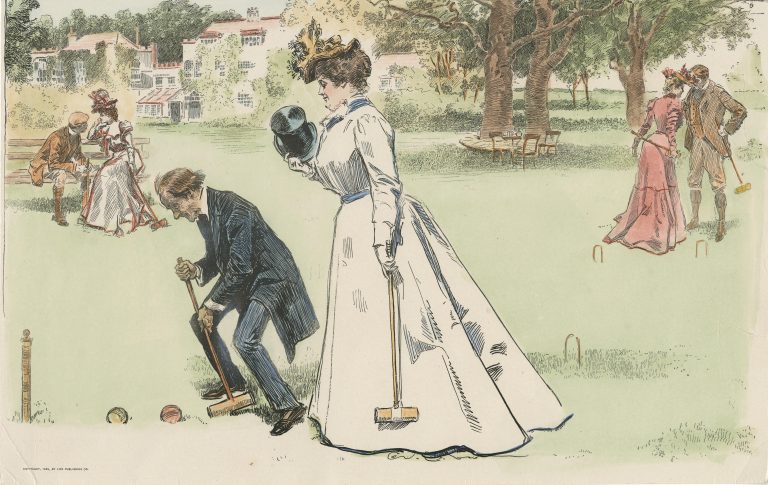
Cheater, cheater!
But alas, it was not just all fun, games, and flirting. Despite the lack of evidence that shows that Victorian women had any general affinity for lying or cheating, apparently, they were known to be pretty deceptive on the croquet lawn. From “scuffling” the ball under their long skirts to where they wanted it to tapping the ball when no one was looking, it was common for Victorian women to be sneaky and downright unsportsmanlike once they got a mallet in their hands.
Sources admonishing women for cheating at croquet or discouraging them from the practice are not hard to come by. In 1873 one Oswego, NY newspaper stated: “We know fair ladies who, in a closely-contested game, always happen to dislocate their balls with their dress skirts, who then claim every advantage in replacing them. What shall we say of such people? That their honesty of character will not stand croquet – will not stand any of the severe tests to which the emulations of life subject them.”
In 1893 Lewis Carrol wrote in Sylvie and Bruno Concluded: “Look at the way croquet is demoralizing Society. Ladies are beginning to cheat at it, terribly; and, if they’re found out, they only laugh and call it fun.”
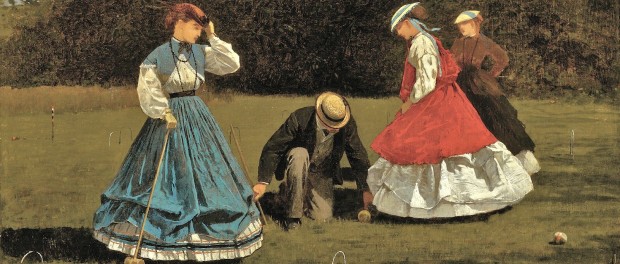
An 1865 croquet manual read: “Another important piece of advice is, don’t cheat. We are aware that young ladies are proverbially fond of cheating at this game; but as they only do it because ‘it is such fun’ and also because they think that men like it…The practice spoils the game so much that, if it is allowed, the rules may as well be done away with at once.”
Nor does it appear that men liked it much. While there are many reports of men growing weary of the cheating, there are no reports to be found of an attitude that men had of it being coy, funny, or at all amusing. Could it have been that when the opportunity presented itself to show men up that many Victorian women simply couldn’t resist?
Whatever the case, the cheating led to many temper tantrums and to many warnings to be made against letting the game interfere with one’s mood.
Above all, maintain your temper
Some readers will easily recall two scenes from classic literature in which tempers flare on the croquet lawn. The first, in Little Women, finds Jo and Fred in a minor argument over cheating, ending with Jo telling Fred that he is being un-American when he tries to move the ball without being seen. Jo is known for being short-tempered, and easily becomes “triggered” by Fred’s indiscretion.
In Alice in Wonderland, tempers are not only lost, but life is threatened when the mallets come out. Lewis Carroll was an avid player himself and likely included this plotline due to the prevalence of the problem of tempers lost during a simple game of croquet. To me, however, it also stinks of a commentary of men’s general views of how women played the game at the time.
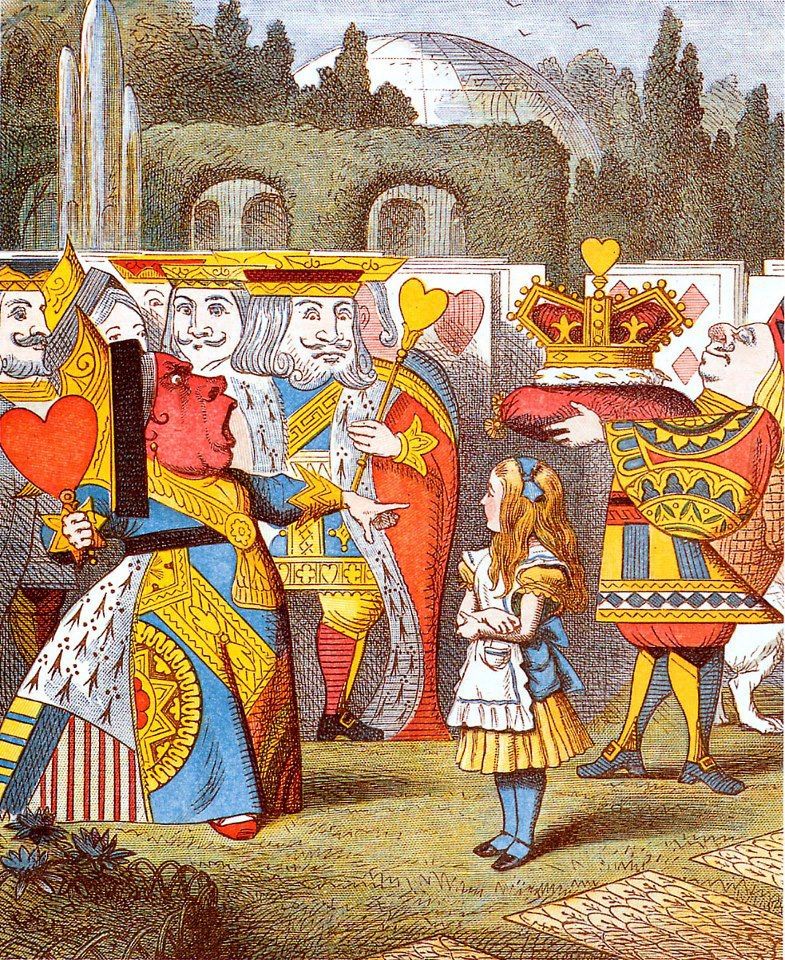
It wasn’t just Louisa May Alcott and Lewis Carroll who saw the issue. After all, outdoor competitive games for both men and women really were a brand new thing in both England and America and it took some time for society to acclimate. In his 1991 article “American Croquet in the 1860s: Playing the Game and Winning” Robert M. Lewis states: “With few conventions and precedents or group cooperation in sport, Americans were ill-prepared to confront the dilemma of competition in a seemingly genteel and sociable recreation.”
Between the females cheating, the discomfort of mixed-gendered sports, and the ambiguity of the rules, a leisurely game of croquet did not always end with good feelings. I have read about couples not speaking for days, men breaking mallets, many tears, and even a death when a man was struck over the head with a mallet during a game. Milton Bradley, one of the early manufacturers of the game, was well aware of the issue. One early company instruction manual’s first “suggestion for beginners” was “KEEP YOUR TEMPER, and remember when your turn comes.”
Perhaps it was too much for Victorians to take. As 1900 approached the game was replaced on laws with the up and coming lawn tennis.

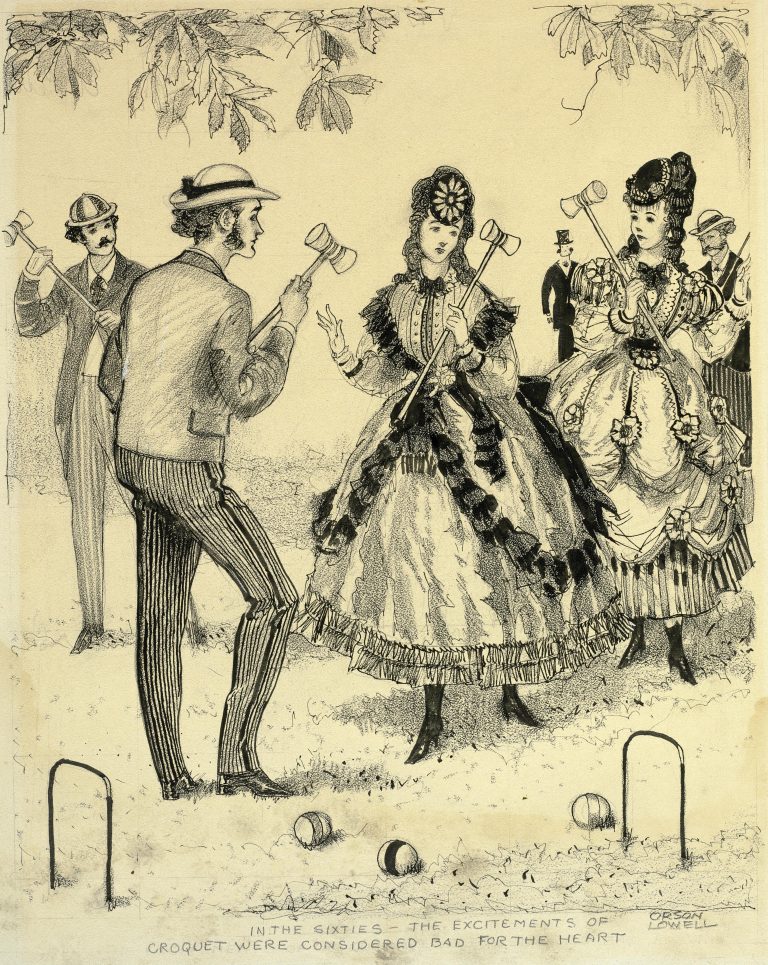
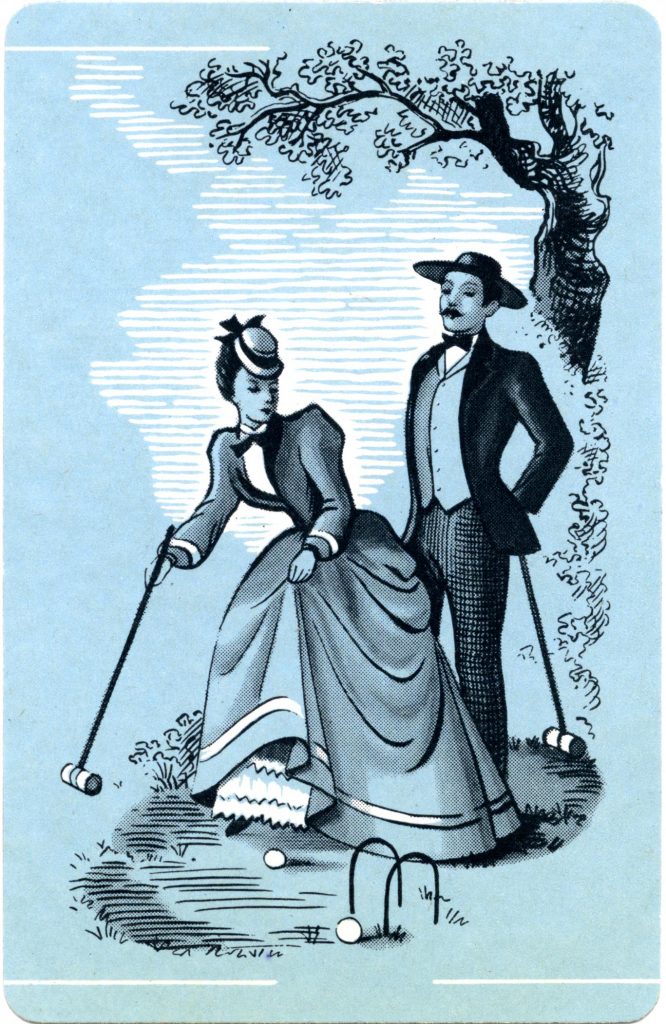




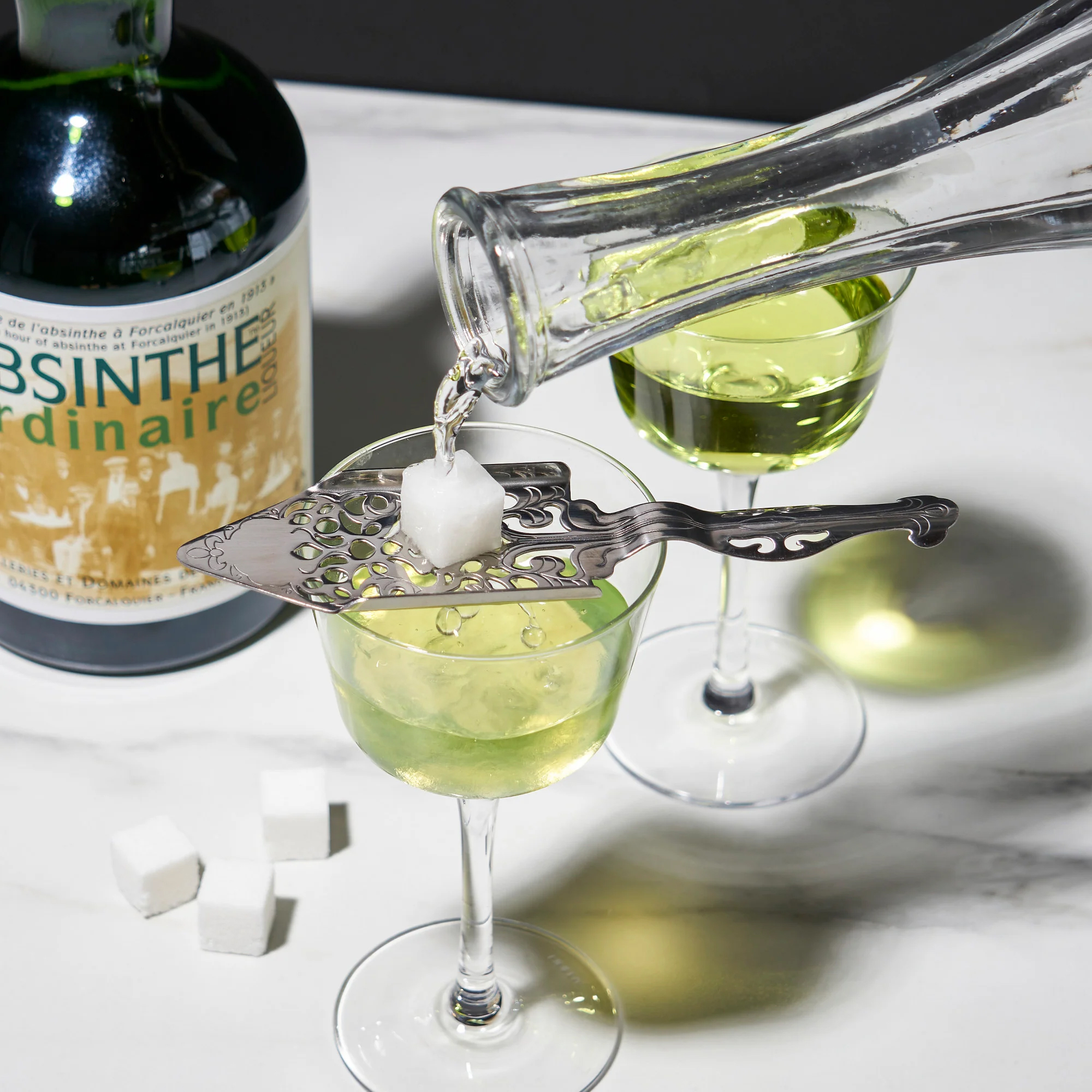







I can’t imagine playing croquet in a hoop skirt!